The above two new works for the Status of the Butterflies of Greece appeared in early 2010, which made an addition for the Status of the butterflies in Europe and Greece in Bibliography and in Plate 4.3 in pages 700-703 (columns highlighted with yellow color).
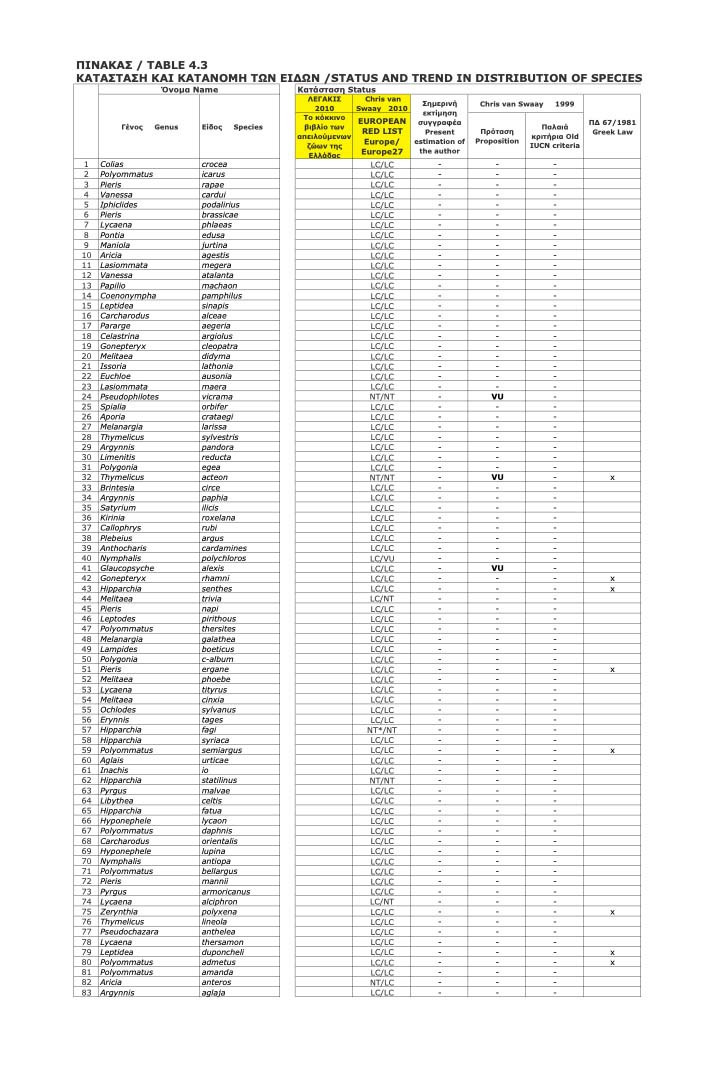
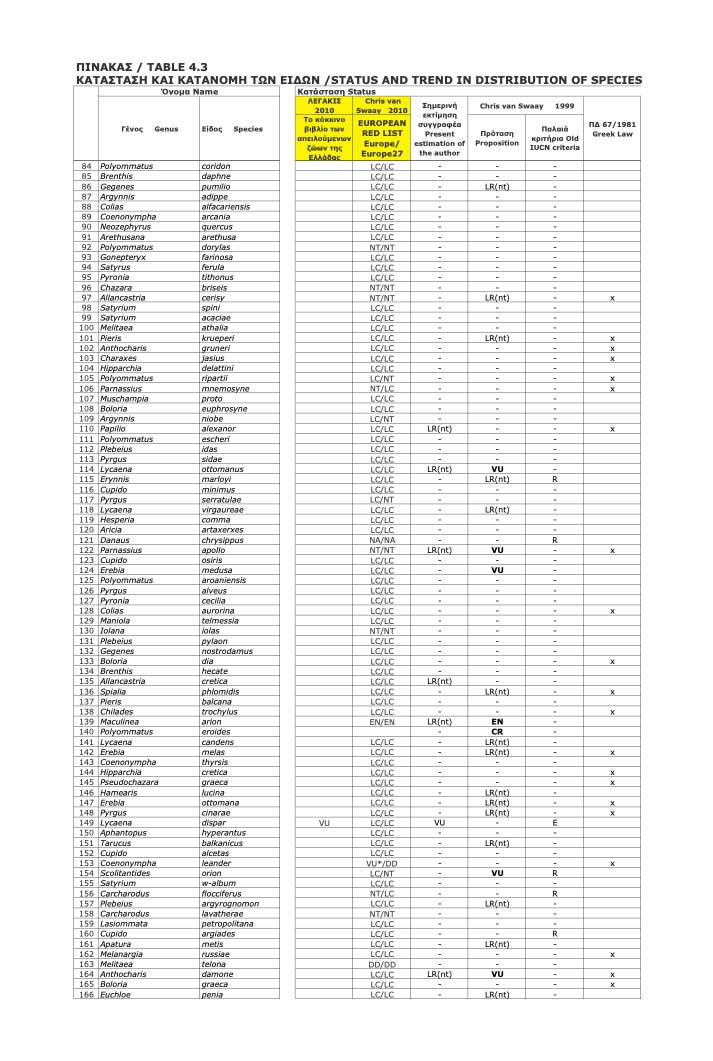
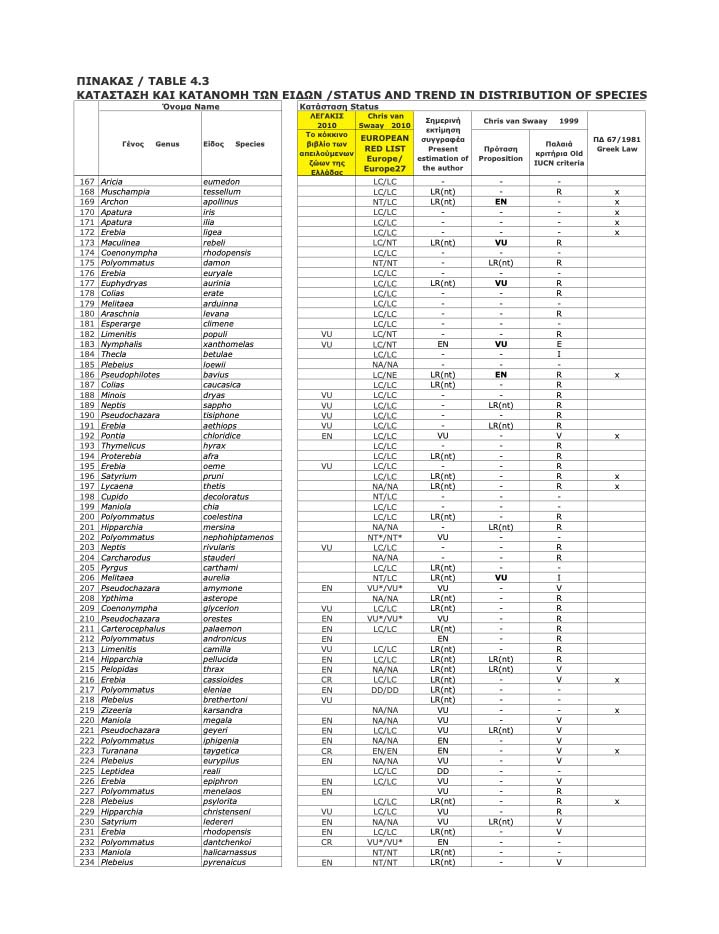
Some photographs of caterpillars are added:

1278/20 ? (MAC, Phalakró, 400m, 13 V 2000)
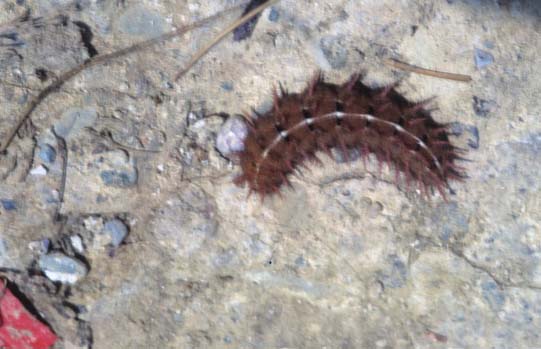
1034/8 Argynnis adippe (MAC , Grámmos, 1300m, 10 VI 1995)
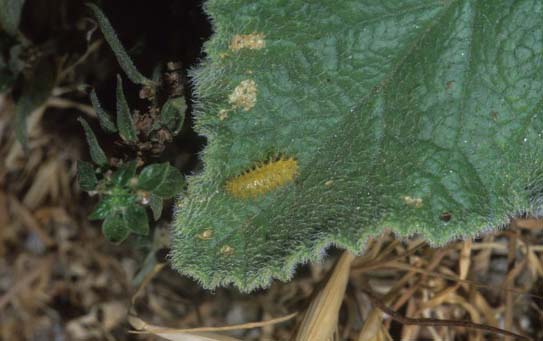 1474/21 ? ( AEG, Ténos, 200m, 17 VI 2004)
1474/21 ? ( AEG, Ténos, 200m, 17 VI 2004)
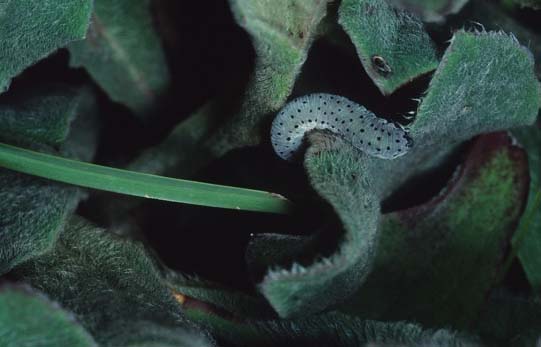 1082/23 ? (MAC, Órvilos, 1450m, 23 IX 1995)
1082/23 ? (MAC, Órvilos, 1450m, 23 IX 1995)
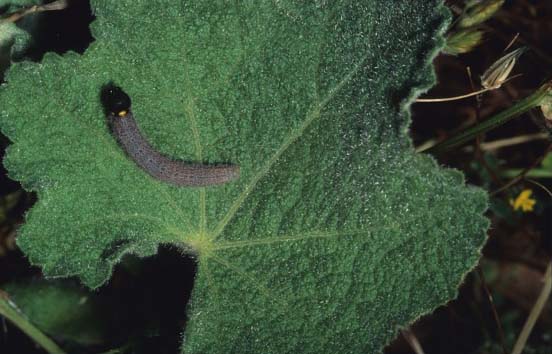 1023/25 Carcharodus alceae (THE, Ólympus, 150m, 9 V 1995)
1023/25 Carcharodus alceae (THE, Ólympus, 150m, 9 V 1995)
ANASTASSIU, H. T., COUTSIS, J. G. & GHAVALAS, N.: New data regarding the geographical distribution ofPseudochazara graeca in Greece, with notes about its wing coloration, the status of its ssp. coutsisi(= zagoriensis), as well as the supposed correlation between the HW underside ground colour and the geological character of the habitat in both P. graecaand Hyponephele lycaon (Lepidoptera: Nymphalidae, Satyrinae). Phegea 37(4): 135–145.
The above new work for Pseudochazara graeca appeared in late 2009.
New photographs from the Mt. Smólikas, Kakarditsa, Oíte and Chelmós not presented in the book, are presented here, with figures of males and females Pseudochazara as in Figure 3.5.11 with a female Satyrus ferula. The variability of P. graeca is shown (in unh and the shape of the margin fw):
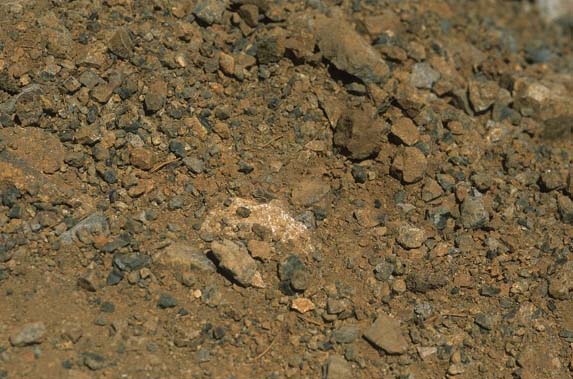 1421/12 Pseudochazara graeca f. coutsisi (EPI, Smólikas, 2000m, 16 VII 2003)
1421/12 Pseudochazara graeca f. coutsisi (EPI, Smólikas, 2000m, 16 VII 2003)
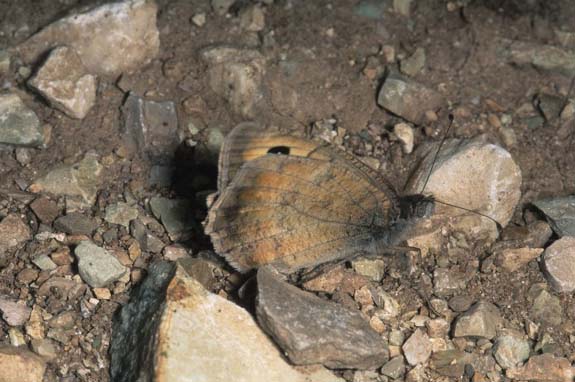 1205/27 Pseudochazara graeca (THE, Kakardítsa, 1800m, 8 VIII 1998)
1205/27 Pseudochazara graeca (THE, Kakardítsa, 1800m, 8 VIII 1998)
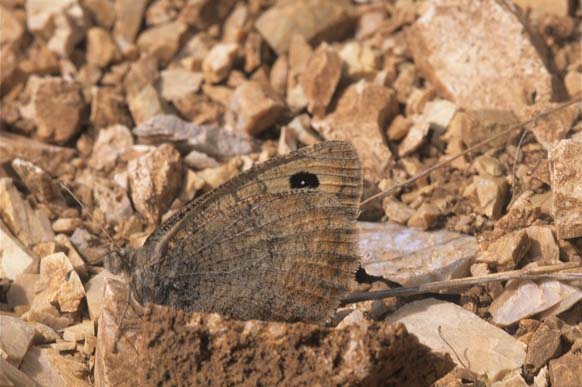 1205/26 Pseudochazara graeca (THE, Kakardítsa, 1800m, 8 VIII 1998)
1205/26 Pseudochazara graeca (THE, Kakardítsa, 1800m, 8 VIII 1998)
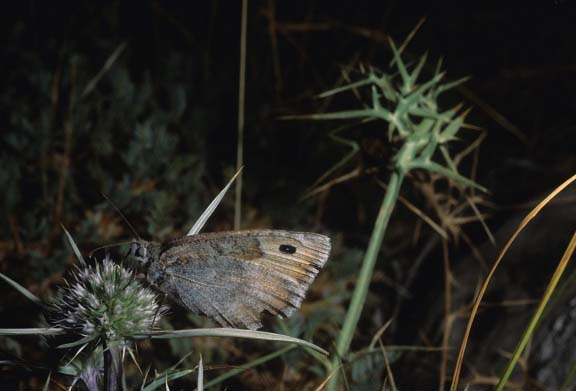 918/21 Pseudochazara graeca (SHE, Oíte, 1700m, 8 VII 1993)
918/21 Pseudochazara graeca (SHE, Oíte, 1700m, 8 VII 1993)
 635/14 Pseudochazara graeca (PEL, Chelmós, 1750m, 17 VII 1990)
635/14 Pseudochazara graeca (PEL, Chelmós, 1750m, 17 VII 1990)
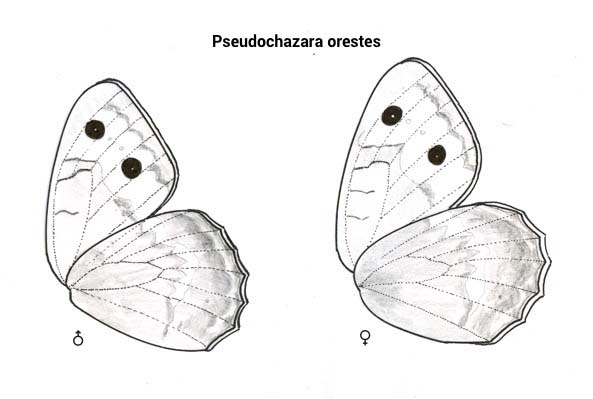
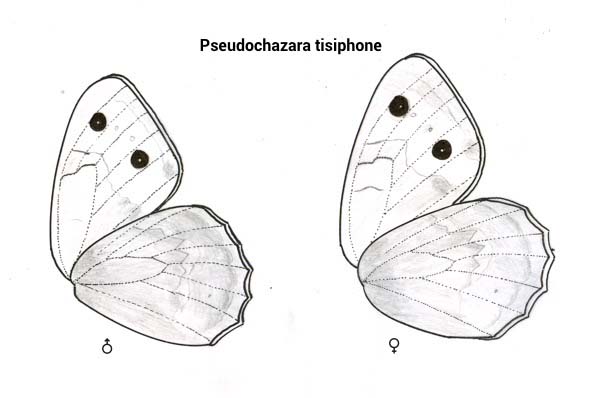

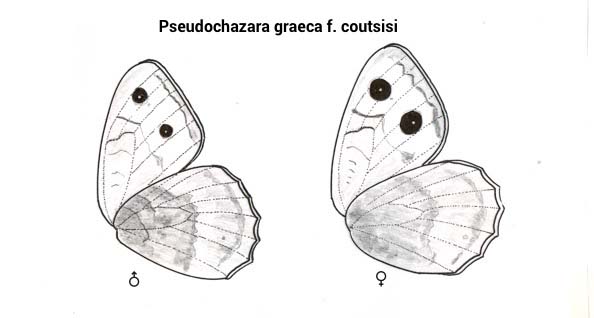
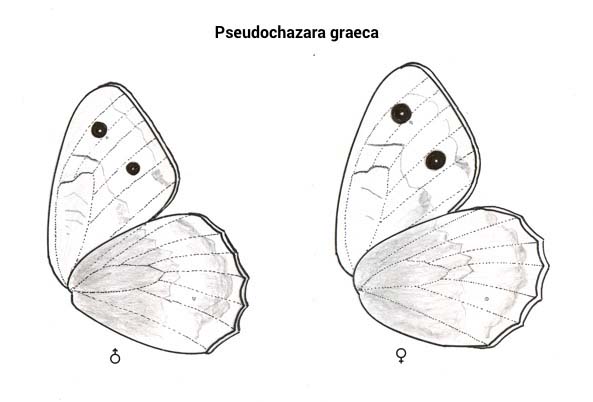
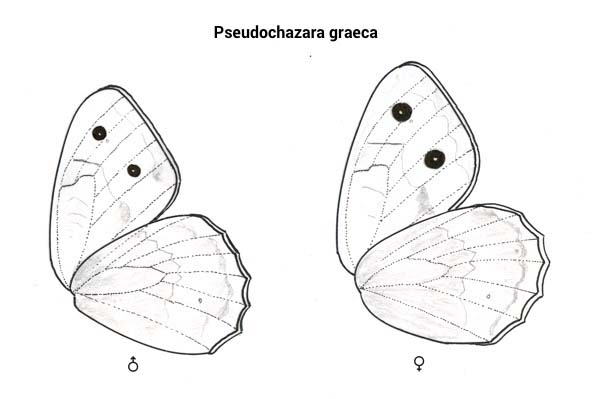


Vlad Dincă, Evgeny V. Zakharov, Paul D. N. Hebert and Roger Vila: Complete DNA barcode reference library for a country’s butterfly fauna reveals high performance for temperate Europe
Proceedings of The Royal Society Biological Sciences
Published online before print August 11, 2010, doi:10.1098/rspb.2010.1089
- Annex 1 – Materials and Methods
- Annex 2 – Neighbour-joining tree of 1387 barcoded specimens of Romanian butterflies
- Annex 3 – Species pairs with difficult morphology-based identification that can be reliably separated through DNA barcoding
- Annex 4 – Species pairs that are not reliably identified through DNA barcoding
- Annex 5 – Supplementary Table 1
The above important new work appear in early August 2010 for the butterflies of Romania. Τhere are important comments (see Annexes 1, 2, 3, 4 and 5) for the identification based in external character of the wings compared to identification based on the examination of genitalia and DNA.
ΑΛΕΞΙΟΥ, ΣΩΤΗΡΗΣ: Προσωπική επικοινωνία για την παρουσία τουCacyreus marshalli στον Δήμο Ζωγράφου. (Aθήνα, 24 VII 2010)
An important new record (showing the expansion of the range, besides Corfu, in continental Greece) for the presence of Cacyreus marshalli in Kríti’ s Square of the Municipality of Zographou in Athens, 24 VII 2010.
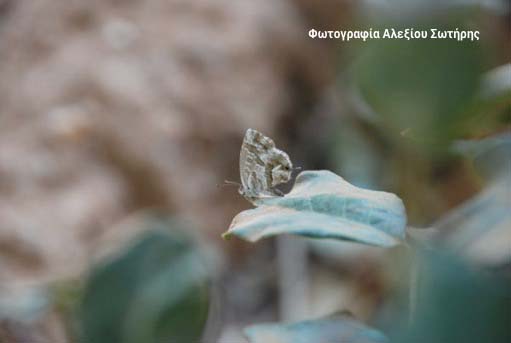
MAZEI, PAOLO, DIEGO REGGIANTI, PIMPINELLI ILARIA: two photographs of M. larissataken by Paolo Mazzei in Serifos Island: http://www.leps.it (25 IX 2010).
An important record for the presence of M. larissa in the island of Serifos (Chora, 15 V 2010).
ANASTASIOU, HRISTOS, NIKOS GHAVALAS & JOHN G. COUTSIS: First recort of Cacyreus mardhalli in Greece, and comments oh the potential occurrence of Zizeeria karsandra on the Greek island of Crete (lepidoptera: Lycaenidae). Phegea 38 (3) (01.IX.2010):84.
After the above mentioned work, the presence of Zizeeria karsandra in Crete were considered as highly improbable. The presence of this butterfly were mentioned in the first edition of the book for The Butterflies of Greece (page 124) and also in the second edition (pages 188 and 199). Some recent photographs of Zizeeria karsandra are presented here, taken in Crete in 5 XI 2010 and 28 X 2012 at 5 m level.
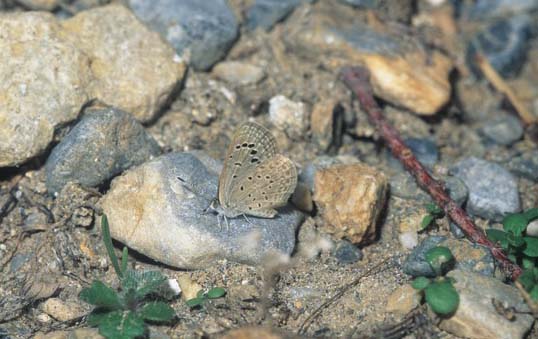

ANASTASSIU, H. T.: First recort of Clossiana selene in Greece (Lepidoptera: Nymphalidae). Phegea 40 (1) (01.III.2012):15-16.
After the above mentioned work, the presence of Boloria selene in Greece was confirmed. Here are some recent photographs of Boloria selene (MAC, Rhodope, 1650m, 11 VII 2012).
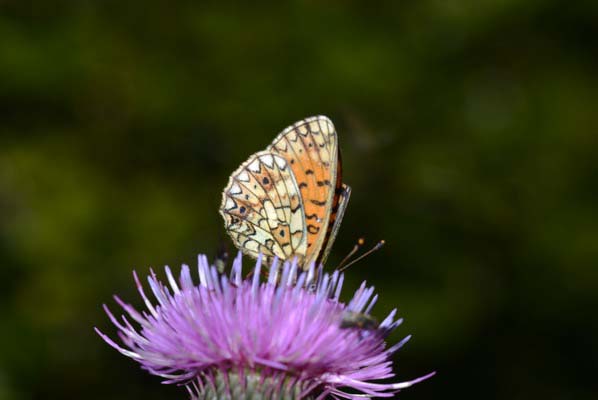
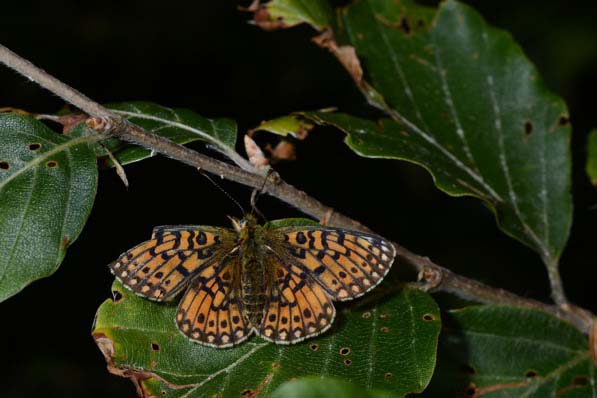
ECKWEILER, WOLFGANG: New discoveries of Pseudochazara mamurra amymoneBrown, 1976
(Lepidoptera: Nymphalidae, Satyrinae). Nachr. entomol. Ver. Apollo, N. F. 33 (1): 1–4 (2012)
After the above mentioned work, the presence of Pseudochazara mamurra amymone was confirmed for Αlbania and so this species is no longer considered as an endemic in Greece.
After many new records for the presence of Cacyreus marshalli in Greece, a new map is presented here (Data till 31 III 2013)
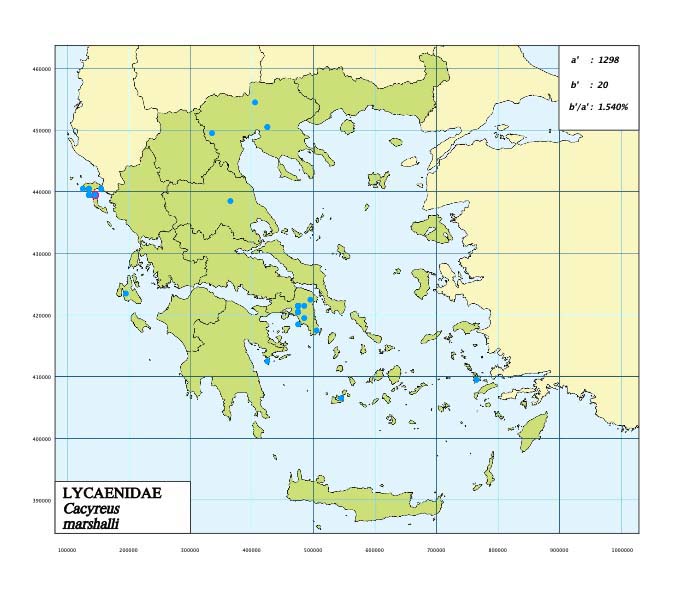
A photograph of caterpillar is added of M. tessellum (MAC, Kilkis, 200m, 7 VII 2012):
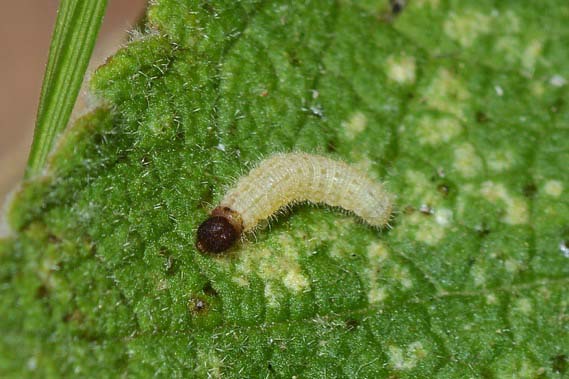
PAMPERIS, LAZAROS N.: The presence of Proterebia afra (Fabricius, 1787) (Lepidoptera: Satyridae) in the Rhodópe Mts, NE. Greece. Entomologist’s Gazette (2011) Vol. 62, Number 1: 236.
(THR, Rhodope, 700m, 7 V 2011)

PAMPERIS, LAZAROS N.:Interegeneric pairings of butterflies (Lepidoptera: Nymphalidae) in Greece. Entomologist’s Gazette (2012) Vol. 63, Number 1: 52-53.
(MAC, Vitsi, 1000m, 24 VI 2011)
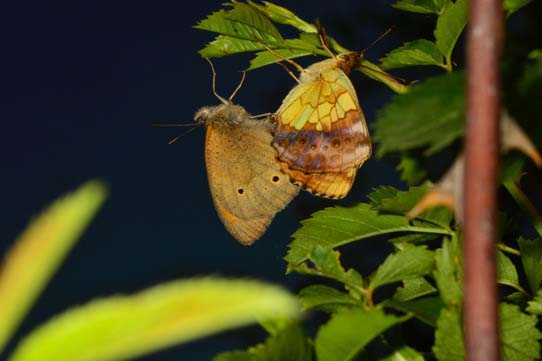
(MAC, Varnous, 1350m, 2 VII 1994) 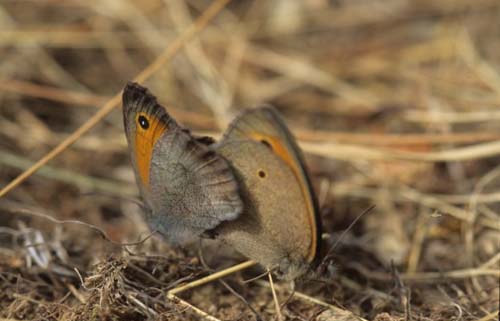
PAMPERIS, LAZAROS N.: Pairing of a male Melanargia galathea (Linaeus, 1758) (Lepidoptera: Nymphalidae, Satyrinae) with a female that was presumably displaying thanatosis Entomologist’s Gazette (2012), Vol. 63, Number 2: 115.
(MAC, Beles, 1550m, 23 VII 1995)
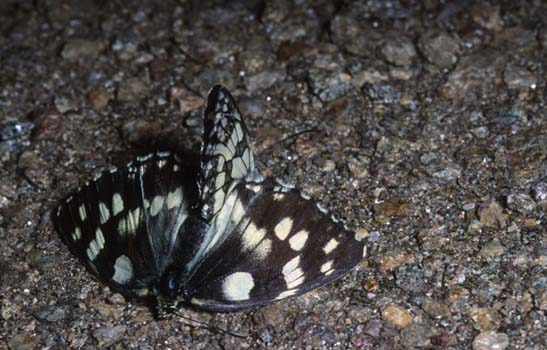
PAMPERIS, LAZA2014ROS N.: An unusual aberrant female ofErebia ottomana (Lepidoptera: Nymphalidae, Satyrinae) from Greece. Entomologist’s Gazette (2013) Vol. 64, Number 1: 41-42.
(MAC, Kaimaktsalan, 2500m, 21 VII 2012)
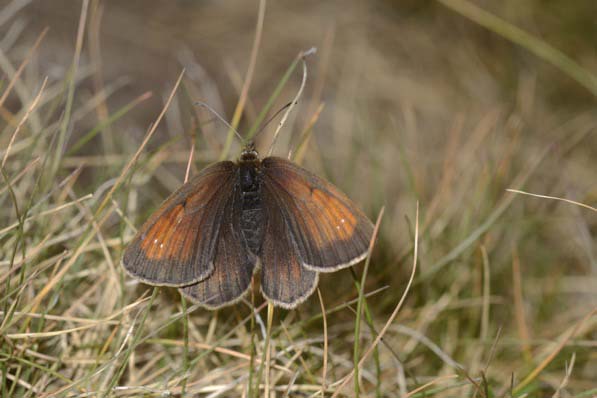
The book ΟΙ ΠΕΤΑΛΟΥΔΕΣ ΤΗΣ ΗΡΑΚΛΕΙΑΣ of Giannis Gavalas (The Butterflies of Heraklia, with text in Greek) was published in February 2013, from
Wild Greece Editions
Address:
Στρ. Μακρυγιάννη 3Α
19 400 Κορωπί Greece
Tel.: 210 6022315
E-mail:wildgreeceeditions@hotmail.com
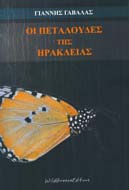
Some photos from North East Greece (Thrace) 26 – 28 IV 2013
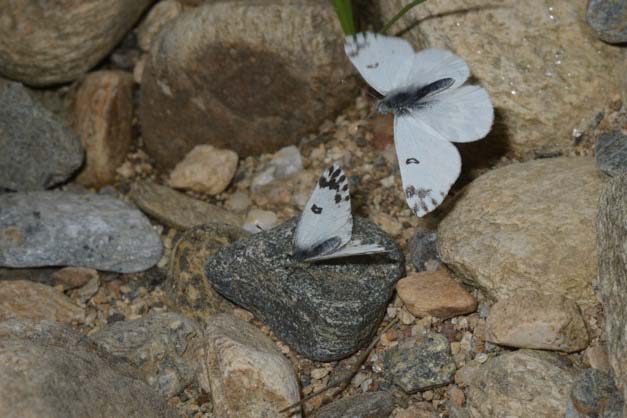
Pontia chloridice adults, egg and larva food plant (50 m, 26 IV 2013) 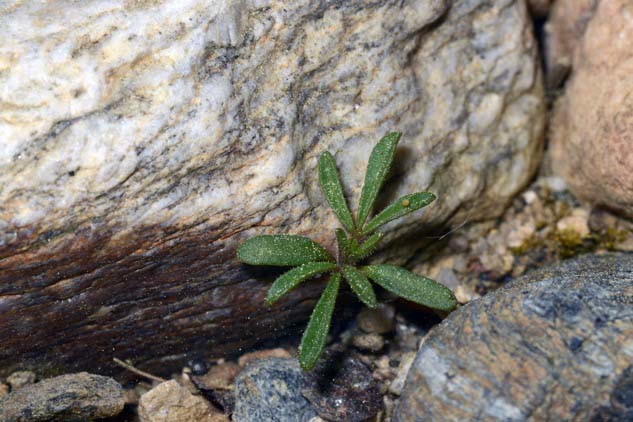
Archon apollinus caterpillars (50 m, 27 IV 2013) 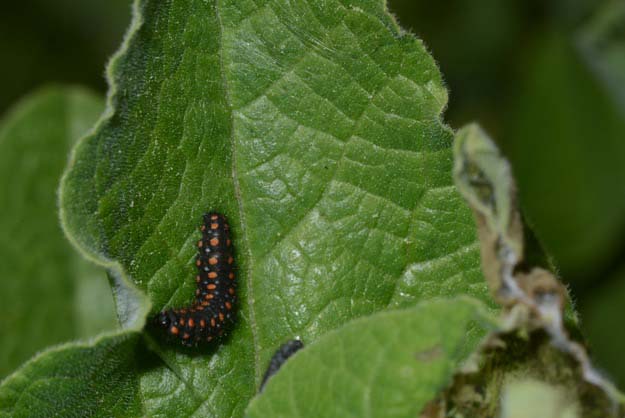
Proterebia afra (750 m, 28 IV 2013) 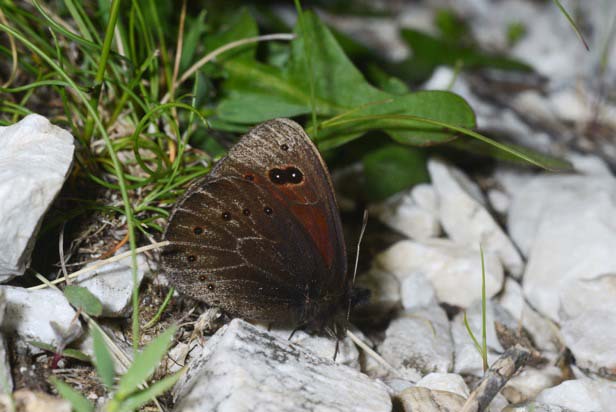
Euchloe penia (600 m, 28 IV 2013) 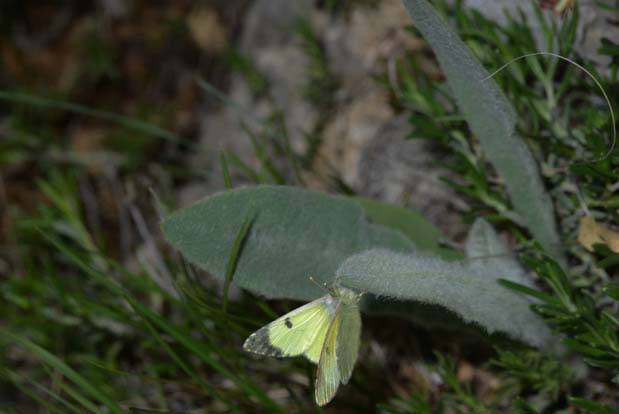
PAMPERIS, LAZAROS N.: An unusual pairing of Melanargia larissa (Geyer, 1828) (Lepidoptera: Nymphalidae, Satyrinae) in Greece Entomologist’s Gazette (2014), Vol. 65, Number 1: 10.
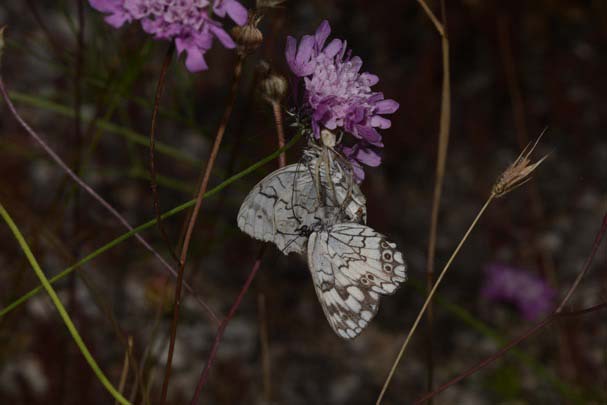
VISHNEVSKAYA MS, SAIFITDINOVA AF, LUKHTANOV VA (2016): Karyosystematics and molecular taxonomy of the anomalous blue butterflies (Lepidoptera, Lycaenidae) from the Balkan Peninsula. Comparative Cytogenetics 10(5): 1–85. https://doi.org/10.3897/CompCytogen.v10i5.10944
A new species Polyommatus timfristos (in science and a new endemic for Greece) found in Mt Timfristos and Mt Parnassos. You can found photographs of this new species in page 302, as Polyommatus ripartii with photographs 1659/26 and 1660/2 (Oiti, 1250m, 17 VII 2005).
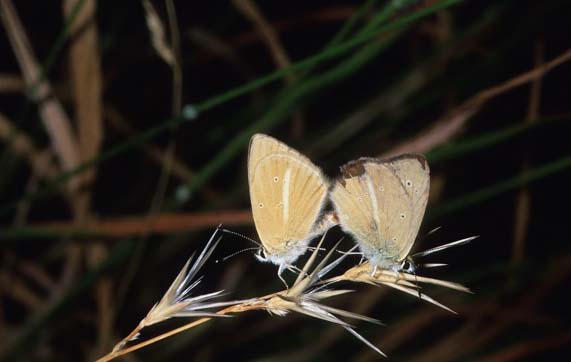
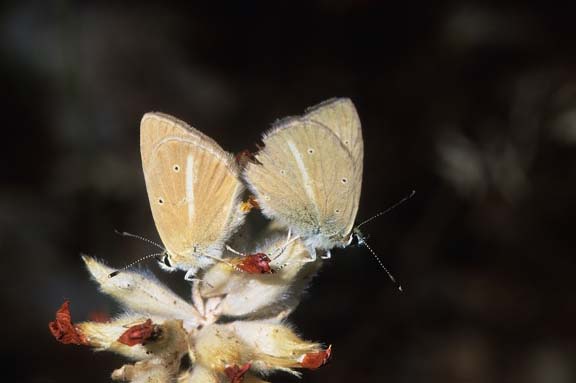
New species for Greece
In the book 234 species were presented and additionaly the specie Cacyreus marshalliTwo new (for Greece) species should be added to these 235 species: Melitaea syriaca and Boloria seleneDuring 2017 new discoveries for the butterflies of Greece were: species Polyommatus timfristos (new in Science) and also rare species Muschampia cribrellum. The total number of species of the butterflies of Greece is now up to 239.
Polyommatus timfristos found in Mt. Parnassos and Mt. Timfristos (see in VISHNEVSKAYA MS, SAIFITDINOVA AF, LUKHTANOV VA (2016): Karyosystematics and molecular taxonomy of the anomalous blue butterflies (Lepidoptera, Lycaenidae) from the Balkan Peninsula. Comparative Cytogenetics 10(5): 1–85. https://doi.org/10.3897/CompCytogen.v10i5.10944 )
Polyommatus timfristos possibly exist in Mt Oite
Muschampia cribrellum found in Mt Olympos and Mt. Oite (see in DAVKOV, SLOBODAN & XAVIER MÉRIT: Muschampia cribrellum (Eversmann, 1841) new to the Greek butterfly fauna and found in an unexpected alpine ecosystem (Lepidoptera : Hesperiidae), at: https://www.researchgate.net/publication/316740359 )
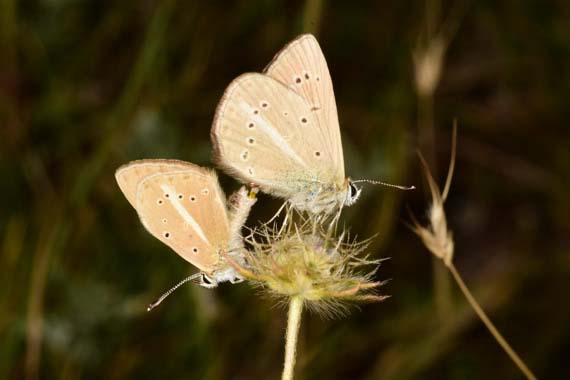
Polyomatus timfristos ( 19 VII 2017)
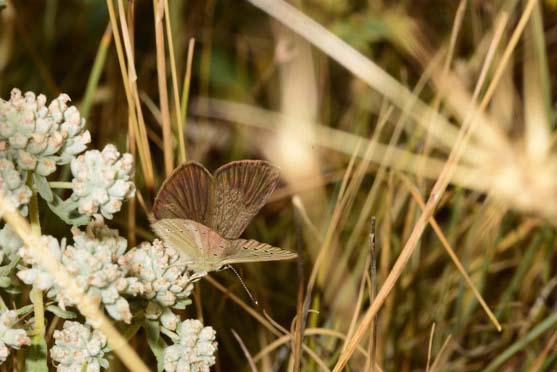
Polyomatus timfristos ( 19 VII 2017)
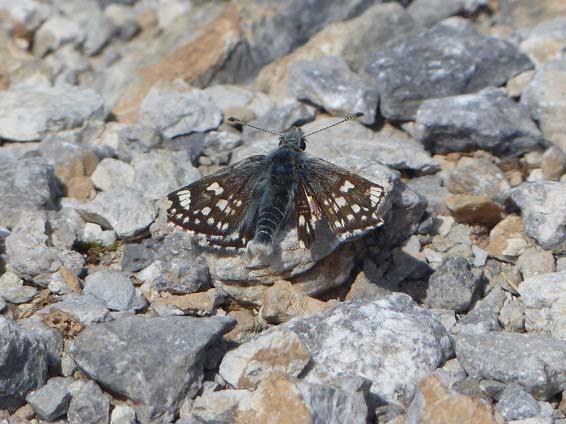
Muschampia cribrellum (24 VII 2017)
New photographs of species Maniola megala (in Lesvos) and Satyrium ledereri (in Samos)
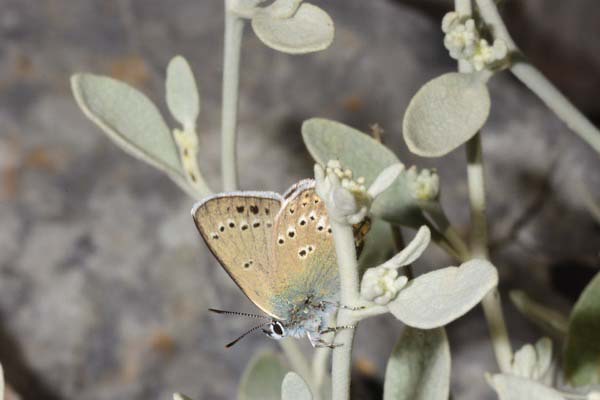
Satyrium ledereri
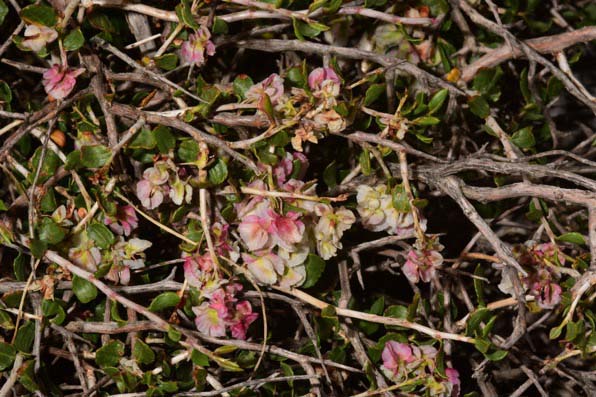
Atraphaxis billardieri
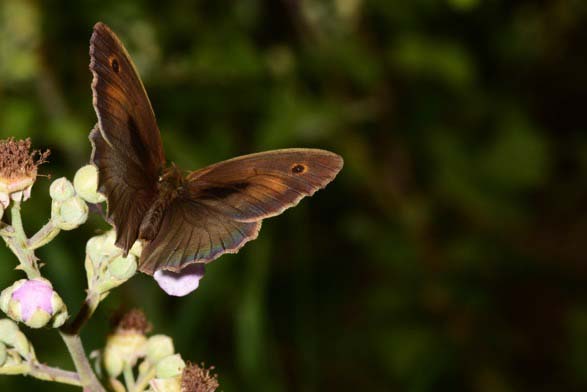
Maniola megala
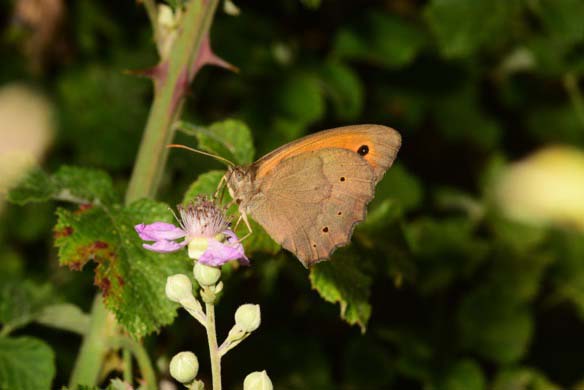
Maniola megala
After many new records for the presence of Cacyreus marshalli in Greece, a new map is presented here (data till 22 ΙΧ 2017)
Last update was for Kythira (Kominos Theodoros, 10 ΙΧ 2017)
.
Many new records (not included in attached map) and a map are presented in: LANGOUROV MARIO S. & NIKOLAY P. SIMOV: New Data on the Expansion of the Geranium Bronze, Cacyreus marshalli Butler, 1898 (Lepidoptera, Lycaenidae) in the Eastern Part of the Balkan Peninsula, with Some Biological Notes. ACTA ZOOLOGICA BULGARICA Short Communication Acta zool. bulg., Suppl. 9, 2017: 301-304.
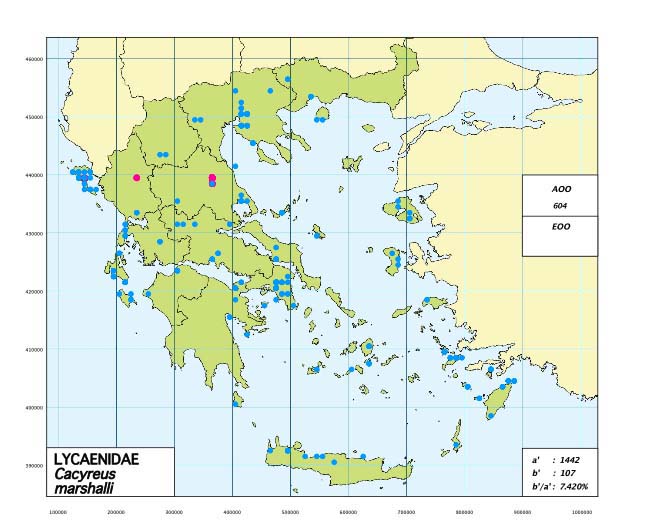
New records during 2018
A female Muschampia cribrellum photographed on plant Potentilla deorum, very probably larva food plant.
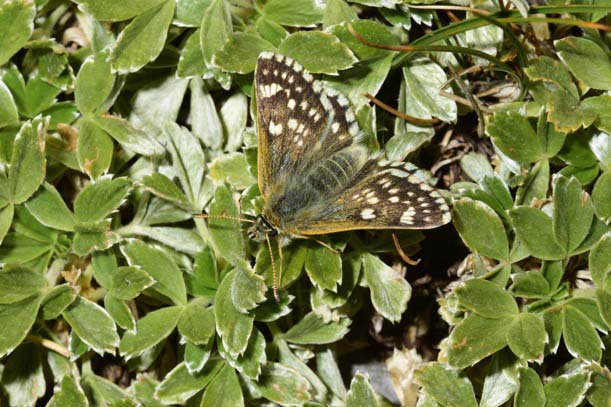
Muschampia cribrellum female on Potentilla deorum (21 VII 2018)
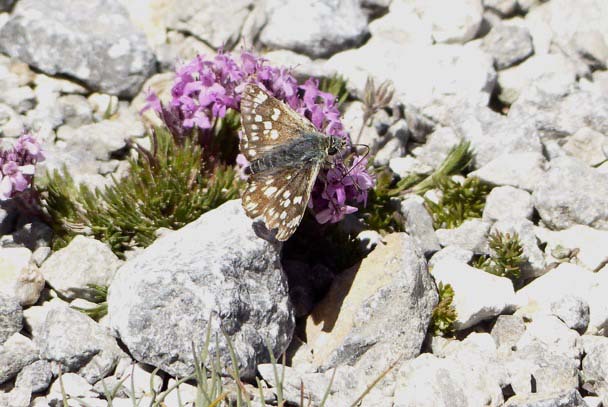
Muschampia cribrellum male (21 VII 2018)
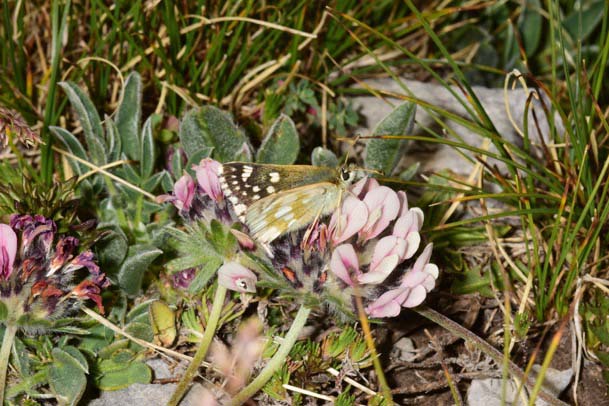
Muschampia cribrellum female (21 VII 2018)
A caterpillar Cacyreus marshalli photographed on Geranium plant (Grammos, 1390m, 10 VIII 2018); this is the highest altitude in Greece
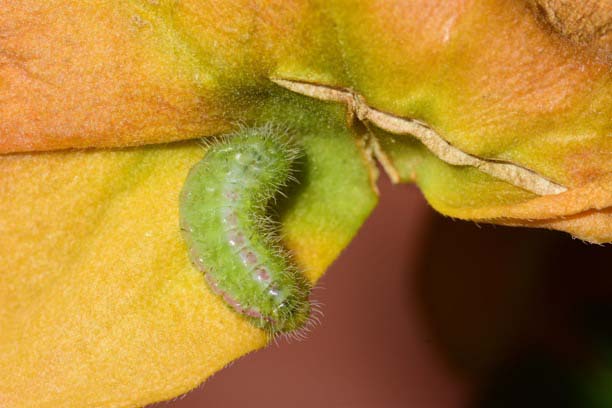

Very important work on Hipparchia pelucida on the islands Lesvos and Ikaria (see in paper and abstract below)
Coutsis J. G. & Bozano G. C.: The true identity of butterflies originally recorded as Hipparchia (Parahipparchia) pellucida (Stauder, 1923) from the Eastern Aegean Greek islands of Lézvos and Ikaría (Lepidoptera: Nymphalidae, Satyrinae).
Phegea 46(3): 106–109.
Old records of Hipparchia (Parahipparchia) pellucida (Stauder, 1923) from the Greek Islands of Lézvos and Ikaría, still being accepted as such, are shown to be erroneous due to misidentification of individuals actually belonging to the H. (P.) volgensis (Mazochin-Porshnjakov, 1952) / H. (P.) christenseni Kudrna, 1977 species-complex. The taxon pellucida is thus removed from the European butterfly faunal list. A record of pellucida from the western coast of Asia Minor based on the genitalia of a single female individual is considered invalid because the female appendages of this species in no way differ from those of either volgensis or christenseni, thus making it impossible to pinpoint the true identity of this individual.
An updated checklist of the European Butterflie
An updated checklist of the European Butterflies (Lepidoptera, Papilionoidea)
Wiemers M, Balletto E, Dincă V, Fric ZF, Lamas G, Lukhtanov V, Munguira ML, van Swaay CAM, Vila R, Vliegenthart A, Wahlberg N, Verovnik R (2018) An updated checklist of the European Butterflies (Lepidoptera, Papilionoidea). ZooKeys 81: 9–45. https://doi.org/10.3897/zookeys.811.28712
Abstract
This paper presents an updated checklist of the butterflies of Europe, together with their original name combinations, and their occurrence status in each European country. According to this checklist, 496 species of the superfamily Papilionoidea occur in Europe. Changes in comparison with the last version (2.6.2) of Fauna Europaea are discussed. Compared to that version, 16 species are new additions, either due to cryptic species most of which have been discovered by molecular methods (13 cases) or due to discoveries of Asian species on the eastern border of the European territory in the Ural mountains (three cases). On the other hand, nine species had to be removed from the list, because they either do not occur in Europe or lost their species status due to new evidence. In addition, three species names had to be changed and 30 species changed their combination due to new evidence on phylogenetic relationships. Furthermore, minor corrections were applied to some authors’ names and years of publication. Finally, the name Polyommatus ottomanus Lefèbvre, 1831, which is threatened by its senior synonym Lycaena legeri Freyer, 1830, is declared a nomen protectum, thereby conserving its name in the current combination Lycaena ottomana.
After many new records for the presence of Cacyreus marshalli in Greece, a new map is presented here (data till 31 XII 2018)
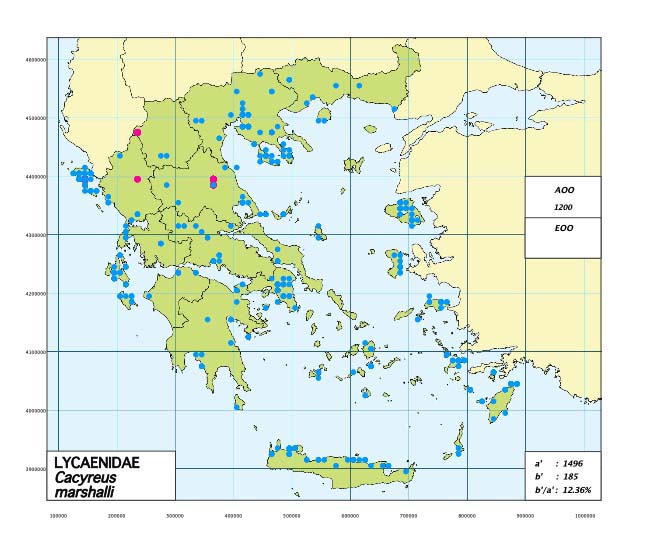
A new work for the Red Lists, for the butterflies of Europe
Maes D, Verovnik R, Wiemers M, Brosens D, Beshkov S, Bonelli S, Buszko J, Cantú-Salazar L, Cassar L-F, Collins S, Dincă V, Djuric M, Dušej G, Elven H, Franeta F, Garcia-Pereira P, Geryak Y, Goffart P, Gór Á, Hiermann U, Höttinger H, Huemer P, Jakšić P, John E, Kalivoda H, Kati V, Kirkland P, Komac B, Kőrösi Á, Kulak A, Kuussaari M, L’Hoste L, Lelo S, Mestdagh X, Micevski N, Mihoci I, Mihut S, Monasterio-León Y, Morgun DV, Munguira ML, Murray T, Nielsen PS, Ólafsson E, Õunap E, Pamperis LN, Pavlíčko A, Pettersson LB, Popov S, Popović M, Pöyry J, Prentice M, Reyserhove L, Ryrholm N, Šašić M, Savenkov N, Settele J, Sielezniew M, Sinev S, Stefanescu C, Švitra G, Tammaru T, Tiitsaar A, Tzirkalli E, Tzortzakaki O, van Swaay CAM, Viborg AL, Wynhoff I, Zografou K, Warren MS (2019) Integrating national Red Lists for prioritising conservation actions for European butterflies. J Insect Conserv. doi:10.1007/s10841-019-00127-z
Two new species have been added to the butterflies of Europe: Myschampia alta and Muschampia proteides. In Greece there are both, while Muschapia proto is no longer included in the species of Greece.
Photographs of the two new species here
HINOJOSA, J.C., DAPPORTO, L., BROCKMANN, E., DINCĂ, V., TIKHONOV, V., GRISHIN, N., LUKHTANOV, V.A. & R. VILA (2021): Overlooked cryptic diversity in Muschampia (Lepidoptera: Hesperiidae) adds two species to the European butterfly fauna. — Zoological Journal of the Linnean Society, 2020, 20: 1–13.
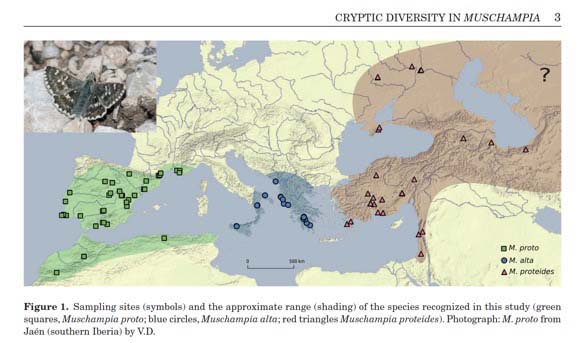
On 22 X 2022, at an altitude of 1900m, on Mt Varnous in Macedonia, the illustrated below individual of Boloria graecawas photographed, in a locality where normally it is observed in June, July and August (and once in September) every year. A single young individual was observed flying with other species: Vanessa atalanta, Colias crocea, Issoria lathonia, Lasiommata megera, Lycaena phlaeas and Pieris rapae. As can be seen in the distribution map of Boloria graeca, this observation (marked with a red circle) is extremely delayed and much later than two earlier personal observations: one on 9 IX 1995 (at the exact same locality on Mt Varnous) and another on 16 IX 1995 (at 2450-2500m on Mt Grammos). More research is needed to clarify with the early stages (i.e. with caterpillars and mainly with chrysalises) if there is also a second generation of Boloria graeca or if it is a delayed appearance of it, which may have been a result of the extremely high temperatures in the previous periods.
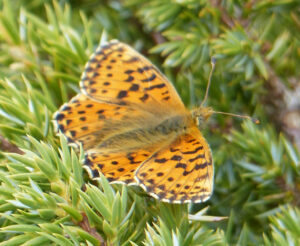

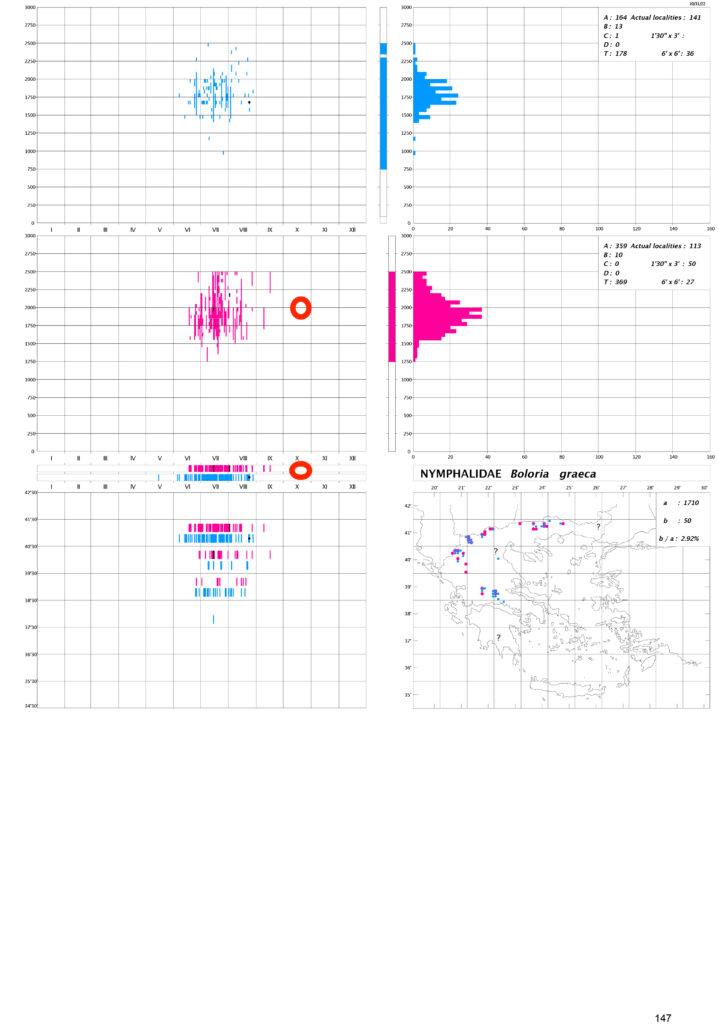
………………………………………………………………………………………
An important addition of the distribution of Zizeeria karsandra was uploaded in iNaturalist on 5 X 2024, for Kastellorizo.
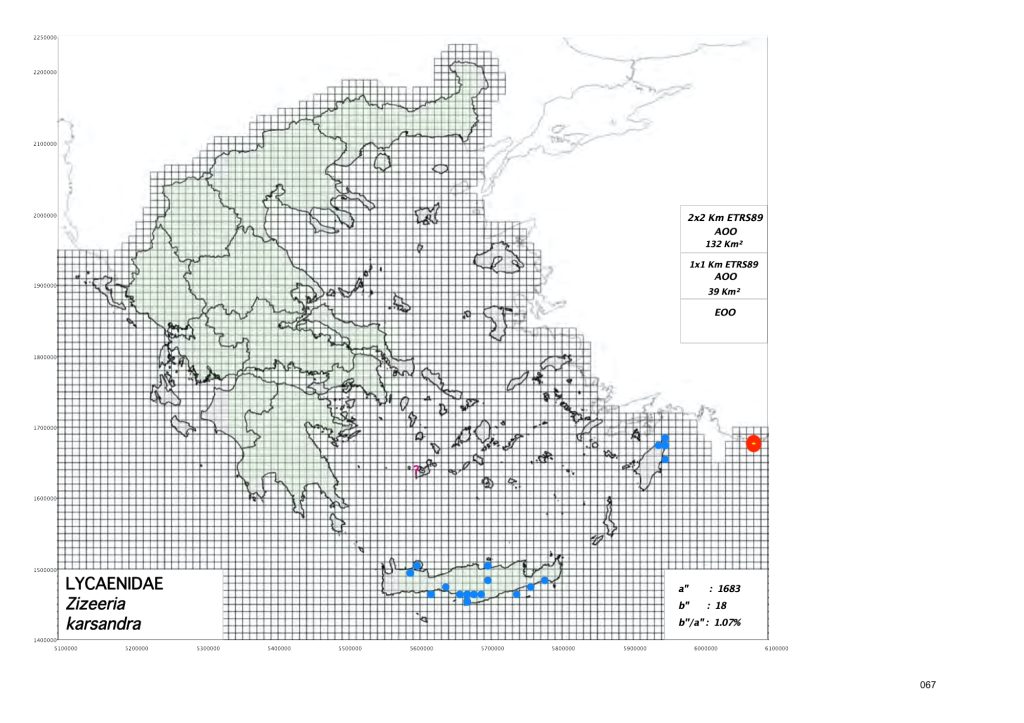
……………………………………………………………………………………..
An important expansion of the known distribution of Carterocephalus palaemon, in Mt Paiko, published in Parnassiana Archives: Ioannidis, V. & Doulkeridou, D.: Carterocephalus palaemon (Lepidoptera: Hesperiidae), new distant locality for Greece

………………………………………………………………………
New important expansion of the distribution of Pelopidas thrax, in continental Greece, published in Parnassiana Archives: Kefaleli, A. & Mamais, Th. : Pelopidas thrax (Lepidoptera: Hesperiidae), an update on the distribution in Greece
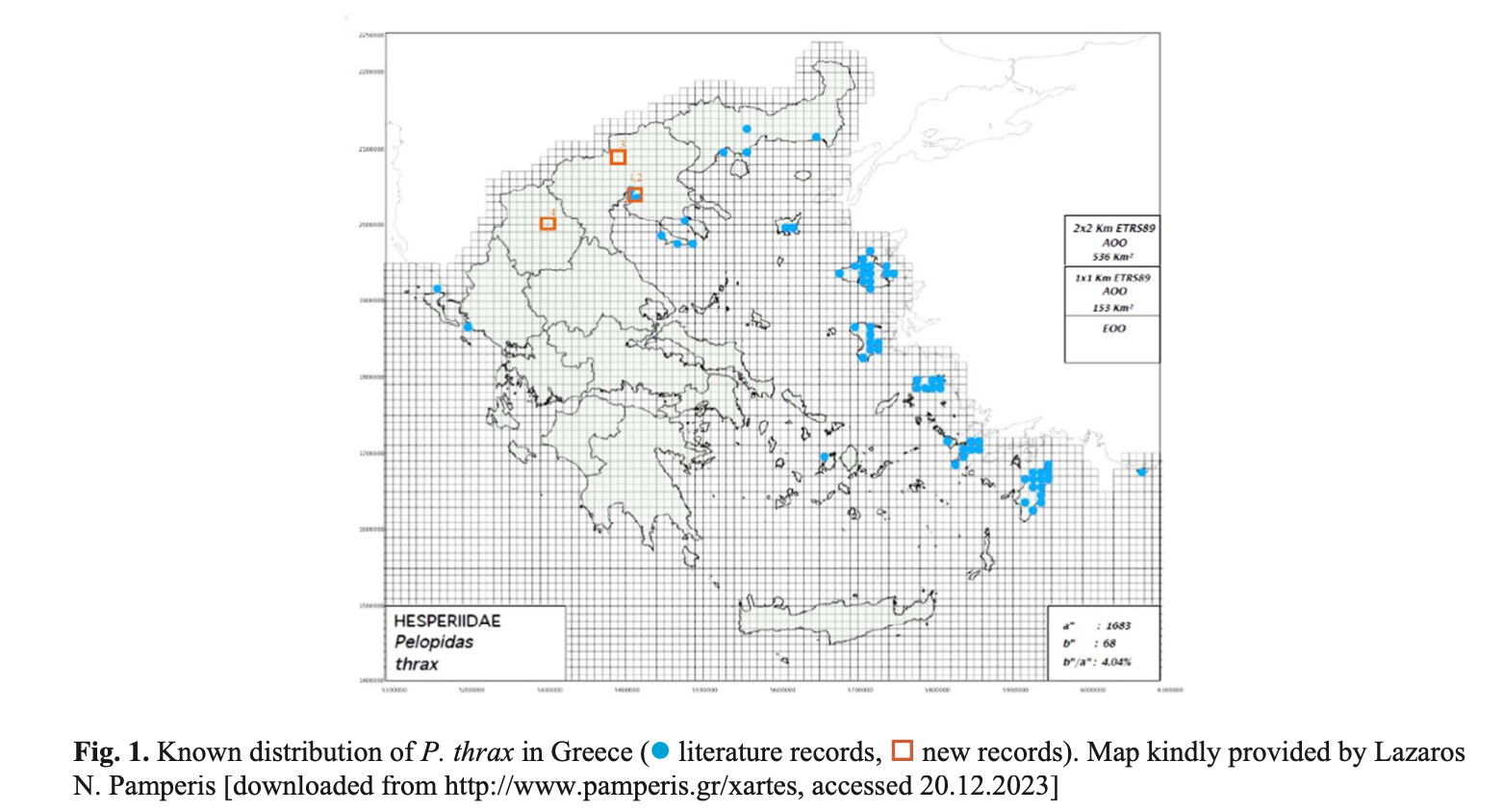
…………………………………………………………………………………….
In an area, in the Prefecture of Kilkis and at an altitude of about 200m, individuals of the species Araschnia levana, were observed and photographed by A. Kefaleli and Th. Mamais in the years 2019 to 2024 to fly September and October. Research is needed to determine if this is a third generation or adults of the second generation, who are diapause during the summer.
You can see the possibly three generations on the distribution map of Araschnia levana.
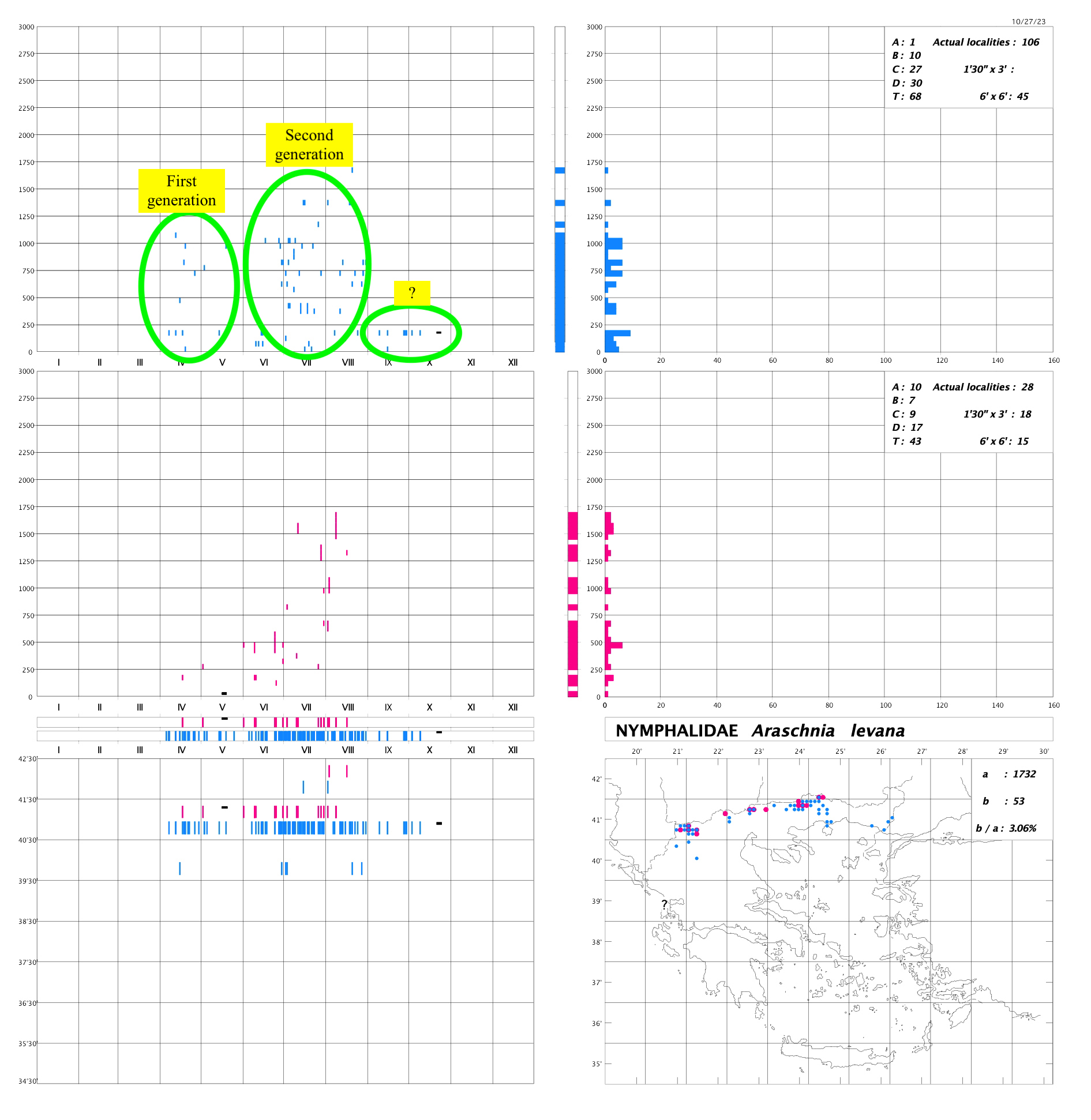
………………………………………………………………………………..
Three important observations, for Danaus chrysippus, were made by Costas Pantelopoulos and posted on the Facebook group Butterflies & Moths of Greece & Cyprus. See the posts here, here and here. Gomphocarpus physocarpus plant reported as a host plant of Danaus chrysippus in northern Peloponnese
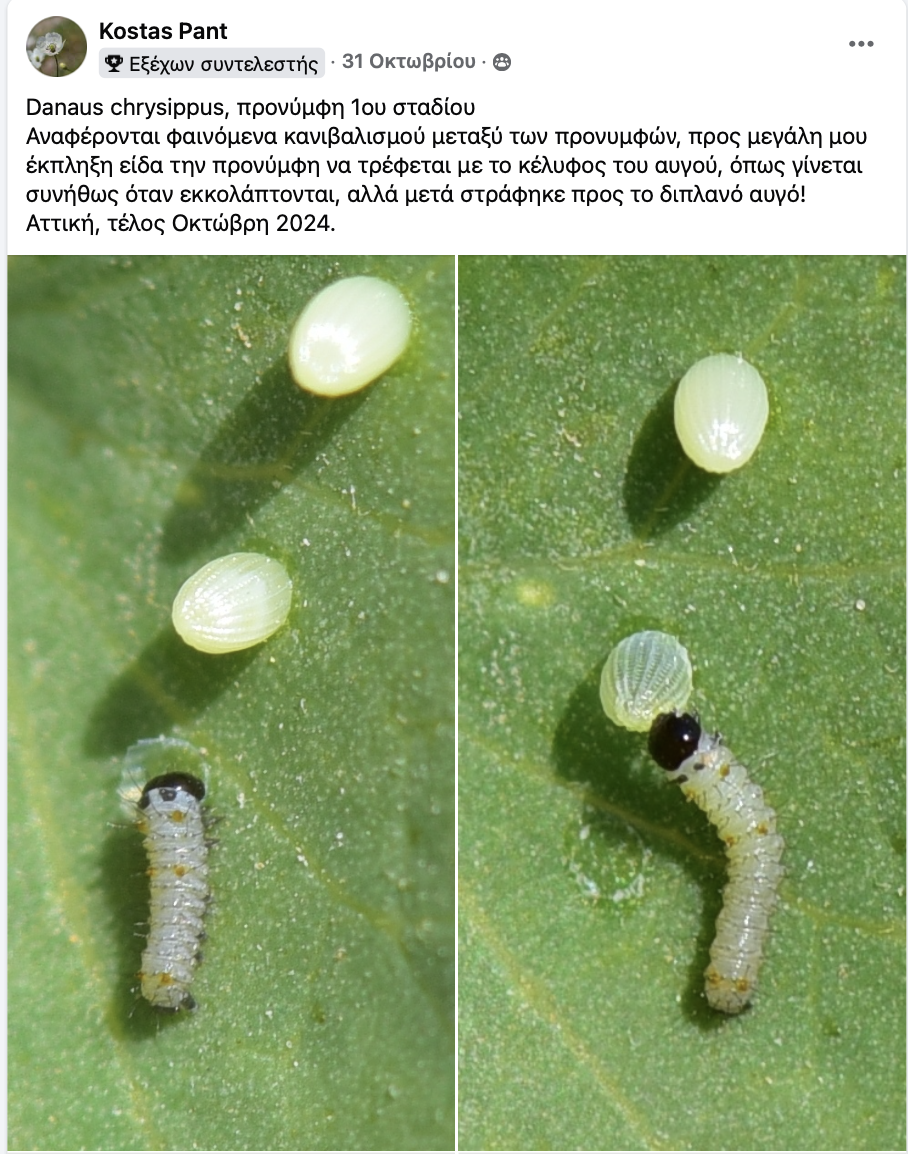
ABOVE: Cannibalism observed in L1 stage caterpillars (larvae) of Danaus chysippus; they observed feeding on the eggshell, as they normally do when hatching, but then observed feeding on the adjacent egg as well!
Attica, end of October 2024.
BELLOW: Caterpillars (larvae) of Danaus chrysippus were observed feeding on the plant Gomphocarpus physocarpus. It remains to be seen if they manage to overcome the obstacle of low winter temperatures as well as the relative lack of food for the adults, so that we have their presence all year round in our country.
Attica, mid-December 2024.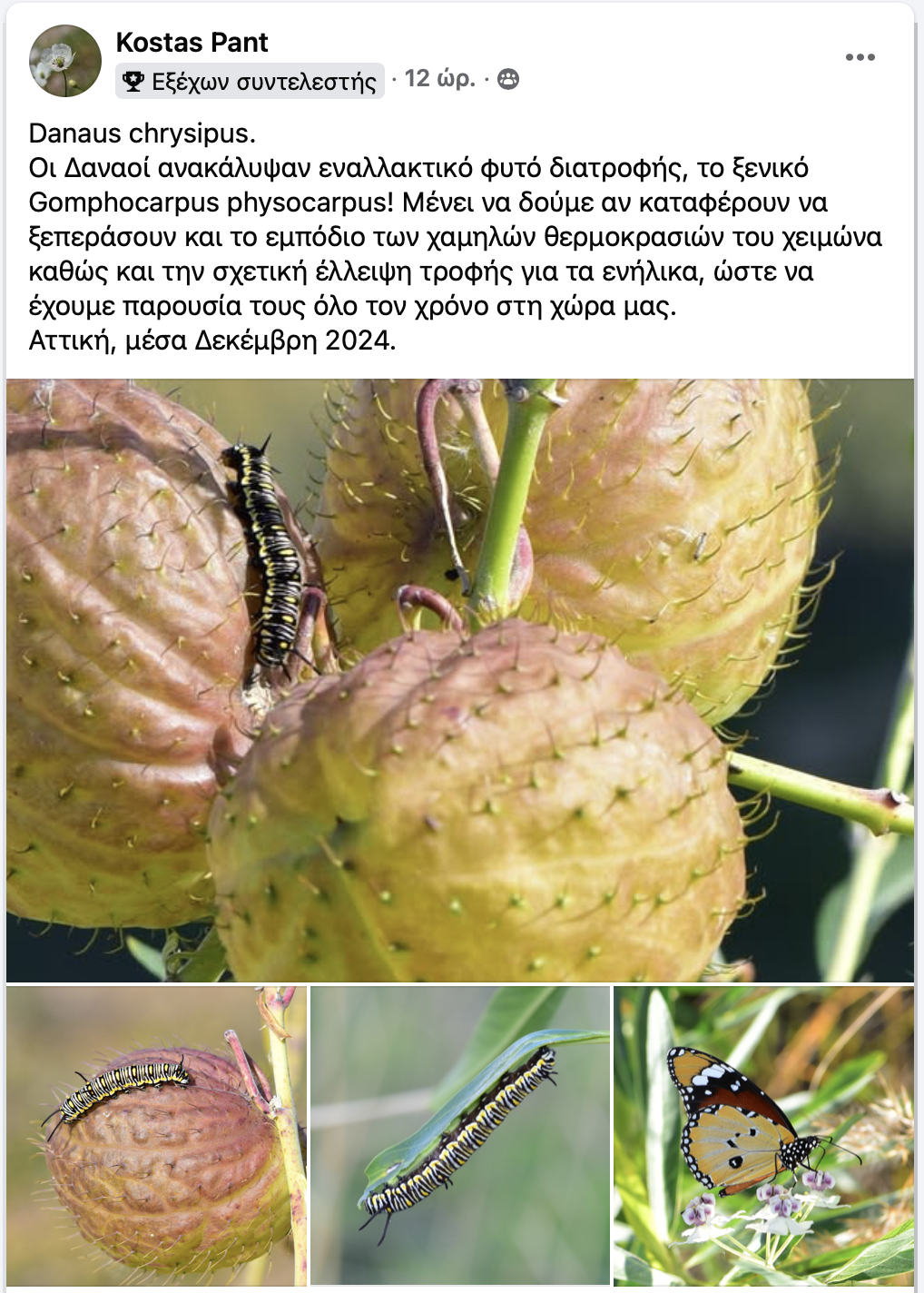
BELOEW Polymorphism in caterpillars. Attica
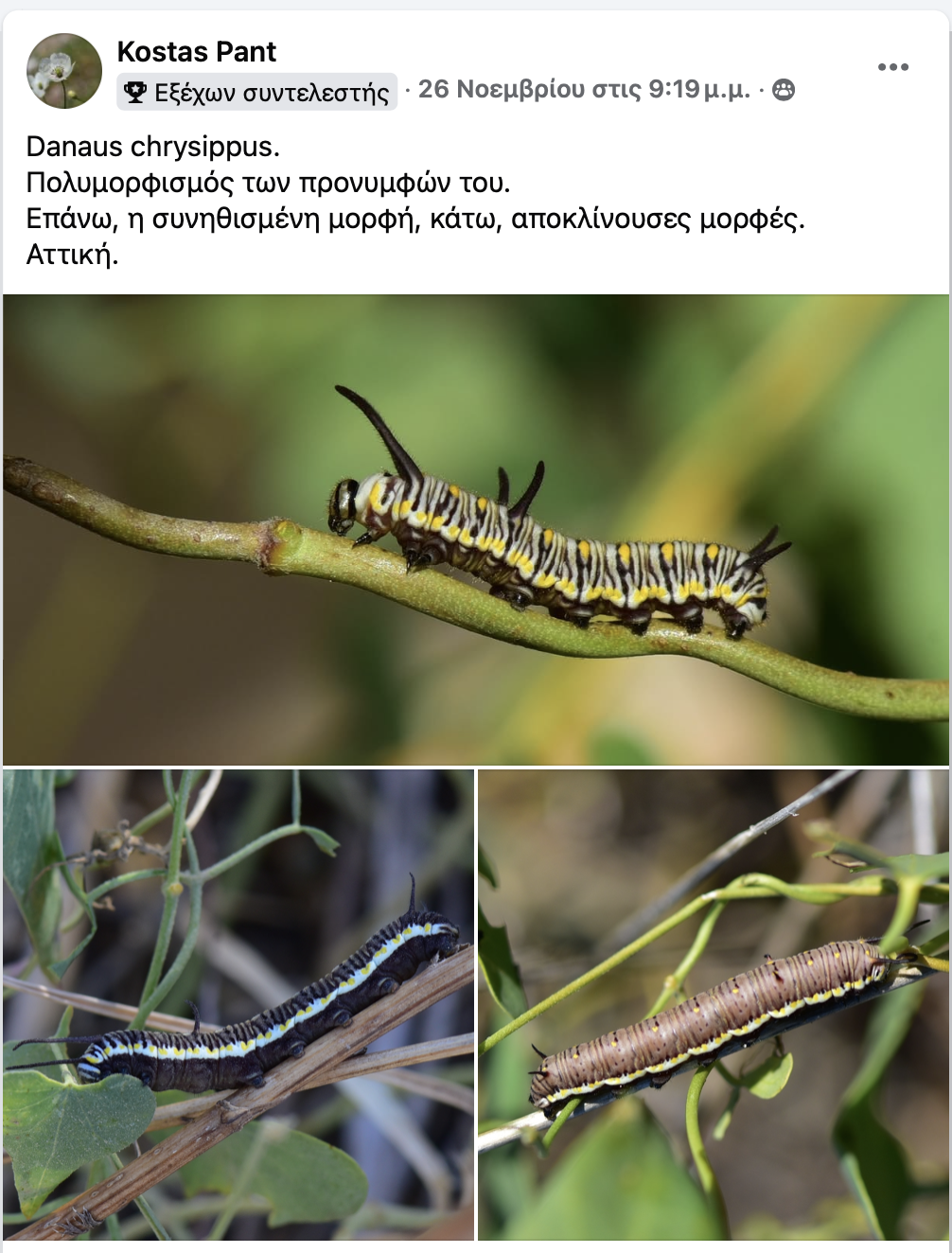
……………………………………………………………………………
The present (at 31 XII 2024) distribution of Cacyreus marshalli in Greece, fifteen years after the first record in Greece in 2009 in Kerkyra
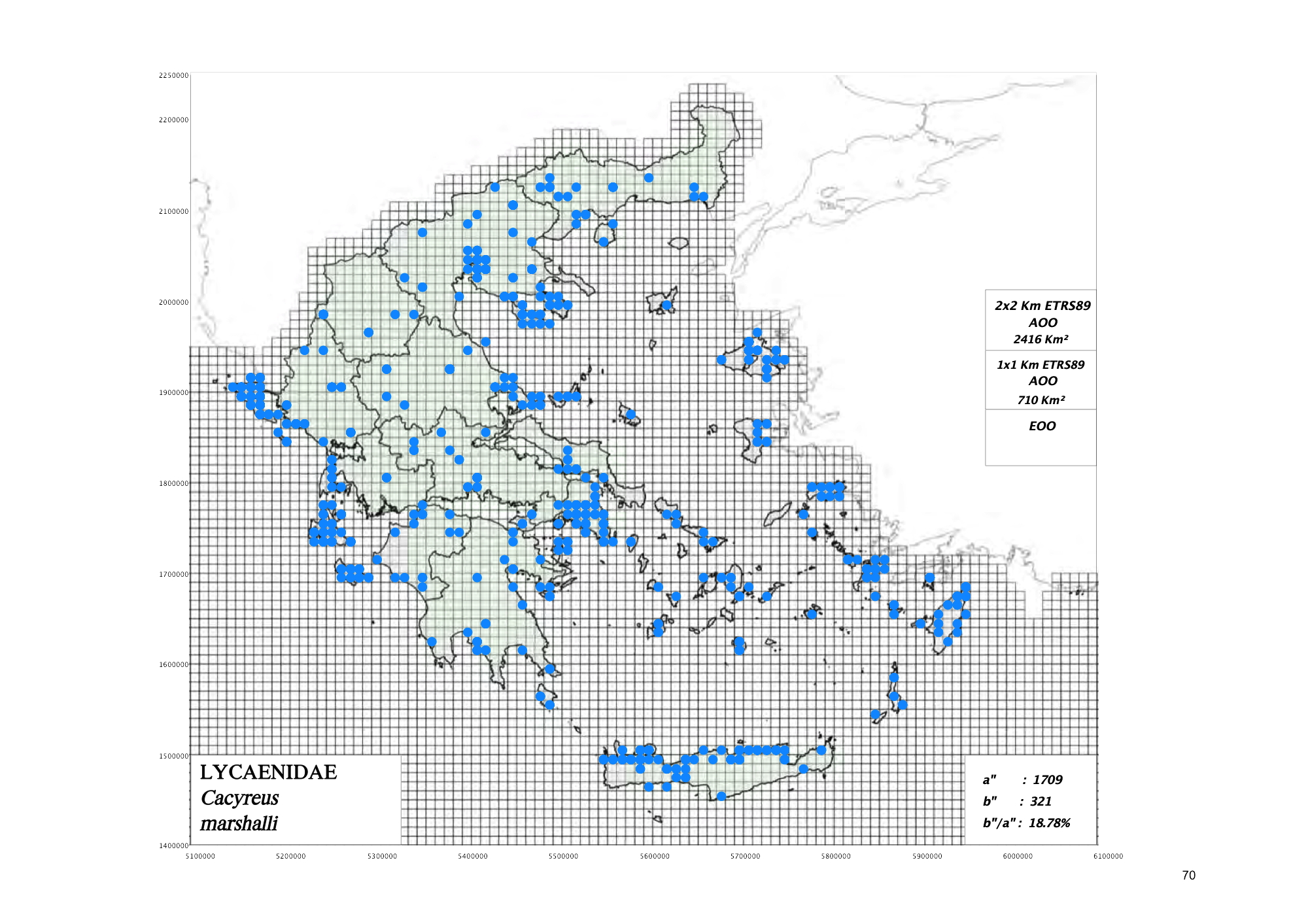
………………………………………………………………………..
Below there is the map, with the present (on 31 XII 2024) distribution of Pelopidas thrax in Greece (with the years of the record marked), northwest and west of the known distribution of Pelopidas thrax until 2018, that is in the islands of the Eastern Aegean (Lesvos, Chios, Samos, Kalymnos, Kos, Rhodes and Kastellorizo), while till now is absent from the Peloponnese and Crete:
- In 2019 for the first time in Is. Lemnos.
- In 2020 for the first time in mainland Greece.
- In 2021 in Is. Lemnos and mainland Greece.
- in 2022 in mainland Greece and for the first time in Is. Paros.
- In 2023 in many localities of mainland Greece and for the first time in Is. Corfu and Is. Skopelos.
- In 2024 in more localities in mainland Greece, in Is. Lemnos, in Is. Corfu and for the first time in Is. Lefkada, Is. Kefallonia and Is. Skiathos.
Τhe presence of Pelopidas thrax (20 IX 2024, 27 IX 2024, 2 X 2024 and 11 X 2024) further north in Albania is also reported.



